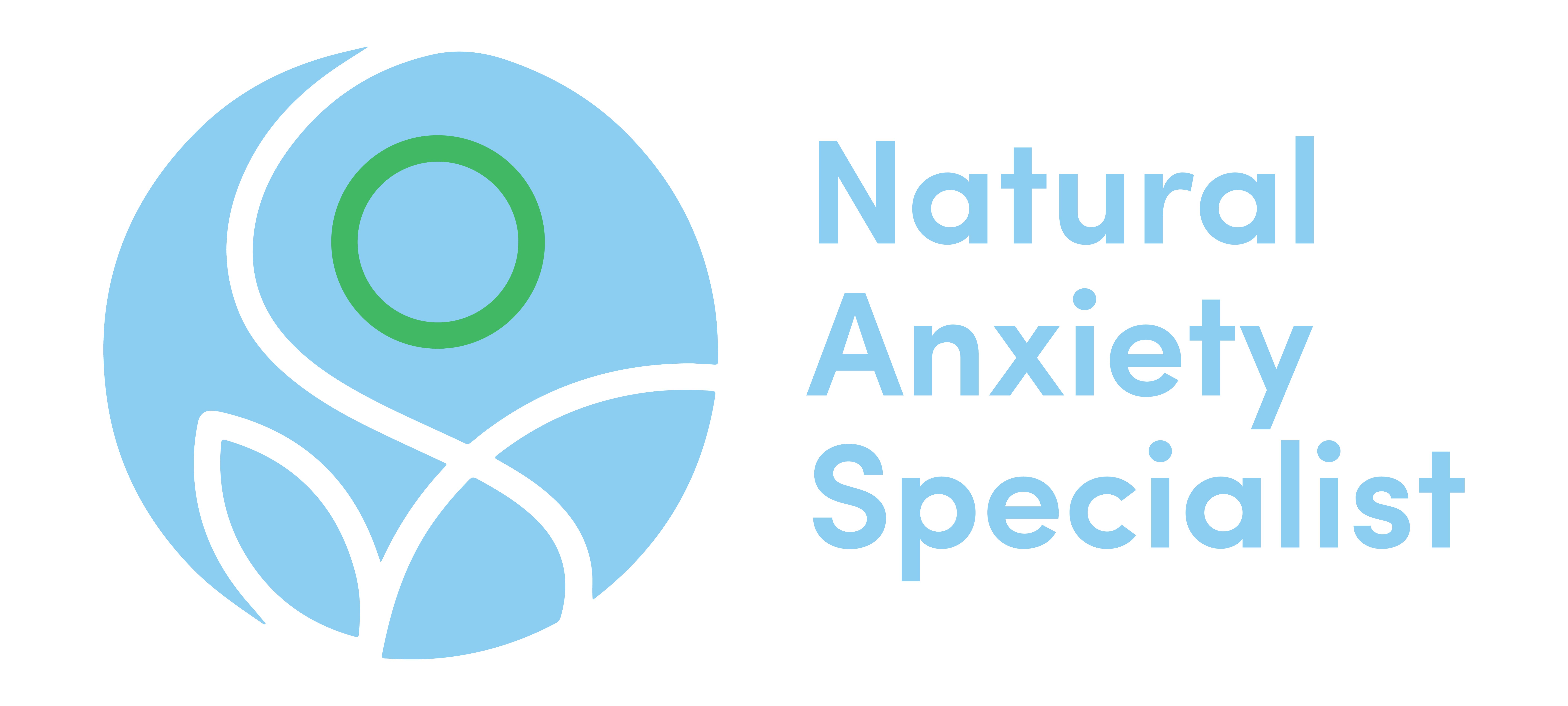Anxiety Tests

Are you wondering if you suffer from anxiety? You may have reached a moment in time when you just want to know if you are overthinking things or if you have a problem that you need to face. This is where an anxiety test can be useful. Below you will find some information on some of the most widely used tests and find out what might be right for you.
Do I have an Anxiety Problem?
A self assessment test created by the Natural Anxiety Specialist to help you understand your anxiety and what steps you can take to help yourself.
Anxiety is often self-diagnosed. The rule of thumb use at the Natural Anxiety Specialist, is that if anxiety prevents you from doing things and enjoying life, and you have been experiencing it for more than 12 weeks, you might want to consider seeking some professional help.
What is anxiety?
Anxiety happens to all of us at some time of our life. A life without anxiety would be abnormal as it is a normal human emotion. However, when anxiety comes often, or is so severe that it affects the way you live your life, we would describe that experience of anxiety as a ‘disorder’. There are several types of anxiety disorders which often overlap and you might find yourself fitting into the description of several different disorders.
The K10 Questionnaire for Anxiety and Depression
Testing for anxiety can be very useful. One of the most widely used tests is called the K10 which was developed by the Clinical Research Unit for Anxiety and Depression (CRUFAD), here in Sydney. CRUFAD was founded in 1964 by Professor Gavin Andrews and is a joint research unit run by the University of New South Wales and St Vincent’s Hospital.
The K10 measures psychological distress and is most used to provide a baseline for assessment and to be repeated after clinical treatment to provide a measure for outcomes for mental health. We use it at the Natural Anxiety Specialist as a benchmark when you first come to us and after treatment. Our clients find it useful to have a tangible measure of improvement. You can find it as a resource here.
The Hopkins Symptom Checklist:
Another useful test that you may be asked to complete is the Hopkins Symptom Checklist. This self screening checklist has its developmental roots in the 1950’s and is a well-known and widely used screening instrument. It was originally designed by Parloff, Kelman, and Frank at Johns Hopkins University and is now condensed to a 25 item version to make its completion easier. It measures both anxiety and depression with part 1 having 10 items for anxiety and part 2 with 15 items for depression. There is a high incidence of both chronic anxiety and depression being present in individuals, hence the construction of this test.
Do I have an Anxiety Problem?
When we started treating individuals with anxiety we wanted a test that an individual could take as a guide for treatment and which would provide practical resources. This test is especially useful if you are wondering how severe your anxiety is and still deciding if you would like to seek help. So we researched and created our own Anxiety Assessment called – Do I have an Anxiety Problem?
Our test does not diagnose you as it is a self-assessment, but in answering our anxiety test it will identify and highlight four main areas for you:
- The main emotional and physical triggers for your anxiety
- Your symptoms and frequency
- The severity of your current anxiety status
- What treatment options would be best for you
It provides you with a report on your results and gives you some resources to help support your natural anxiety reduction journey with the Natural Anxiety Specialist. Take the test


0 comments
Leave a comment
Please log in or register to post a comment